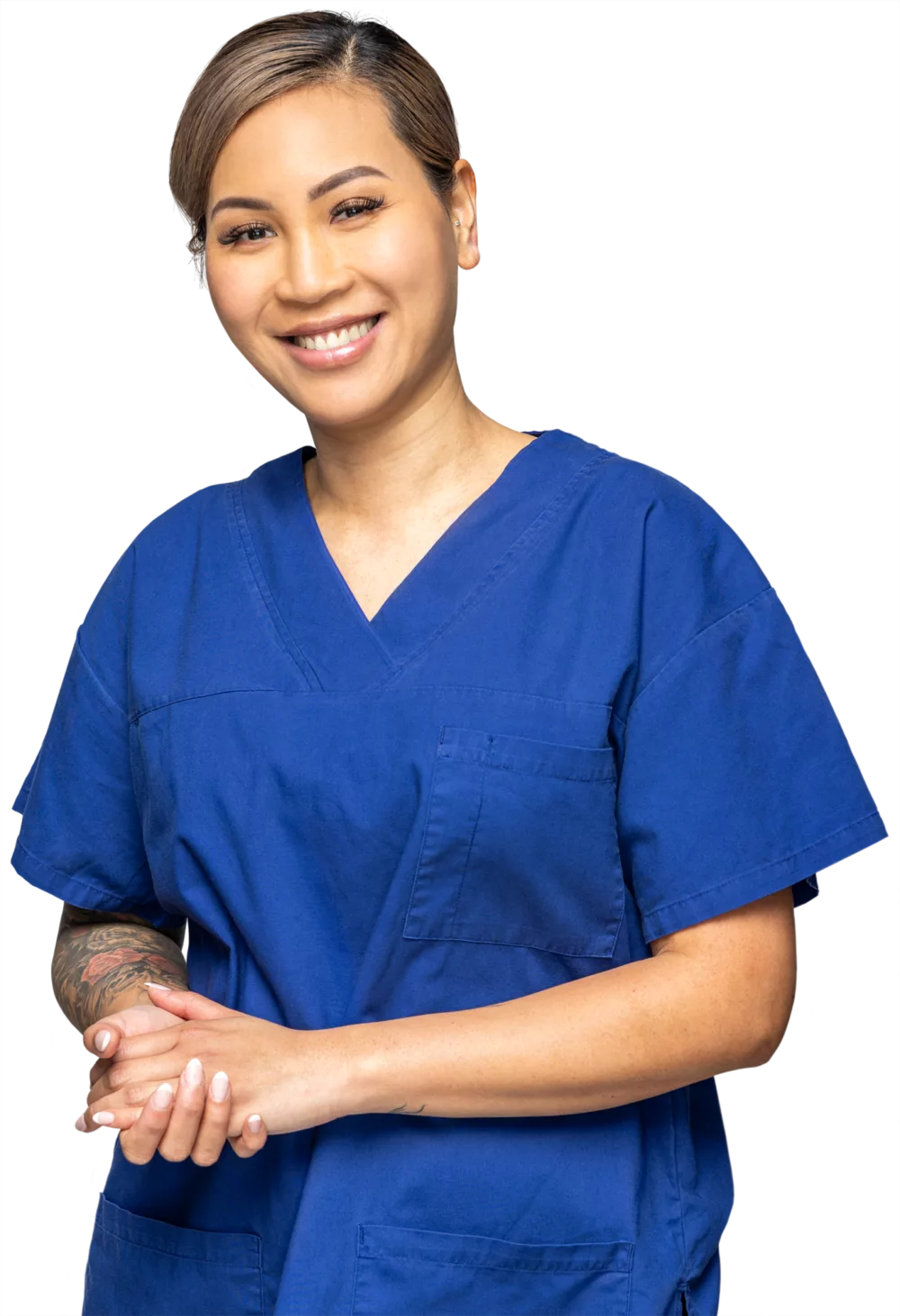Surrogacy: what does the law say?
Surrogacy is an option that can help intending parents to have a child if they are unable to carry a pregnancy themselves, or if doing so would be unsafe. Surrogacy is a complex pathway, medically, psychologically and legally, so it is important that people are well prepared before moving forward. It is also important that potential surrogates – those who would carry the pregnancy for the intending parent/s – should ideally have finished their own family, have an uncomplicated obstetric history and be of good physical and mental health.
In Aotearoa New Zealand there are a few key pieces of legislation that dictate what we can and cannot do in reproductive medicine. This document gives a brief introduction to the main legislation applying directly or indirectly to surrogacy treatment and mentions relevant clinical policies too. Please note that this is not a legal document, nor does it substitute advice from a qualified legal advisor. External legal advice can be sought for further clarity.
Please take a moment to read this document. If you have any questions or need further information, don't hesitate to reach out to our helpful staff.
The HART Act 2004
Fertility treatment in New Zealand is regulated by the Human Assisted Reproductive Technology (HART) Act 2004 and its amendments. While the Act was passed in November 2004, the section concerning the donation of eggs and sperm (‘gametes’); donation of embryos, and surrogacy took effect on 22 August 2005. The HART Act applies to all treatments where sperm, eggs and embryos are used and/or stored. The primary principle of the Act emphasizes that the welfare and wellbeing of any child born or implicated in our clinical practice should be at the heart of all fertility-related decisions.
Altruistic surrogacy is not illegal but is also not enforceable in Aotearoa New Zealand. No payment or valuable consideration may be involved in any surrogacy arrangements, ie commercial surrogacy. Surrogacy arrangements are considered on a case-by-case basis by the Ethics Committee on Assisted Reproductive Technologies (ECART) according to rigorous guidelines. Traditional surrogacies (in which the surrogate is also the egg donor), are allowed, and also require ECART approval if sought through Fertility Associates.
Births from surrogacy treatment are also submitted for inclusion in the HART register, which is held by the Department of Internal Affairs at Births, Deaths and Marriages. The surrogate and their partner (if applicable) are listed as the guardians of the child, and the people who provided the gametes are listed as donors. This means that even if the intending parents used their own gametes for the surrogacy, they will be listed as ‘donors’ on the HART register. If a donor gamete was used in conjunction with surrogacy, the gamete donor is listed along with the intending parent who provided the other gamete.
It is illegal to advertise or engage in prohibited activities, such as commercial surrogacy, and there are hefty penalties for anyone who does.
Consent and ‘ownership’
Ownership of embryo/s belongs with intending parent/s up until each is transferred into the surrogate, with all parties retaining the ability to change or withdraw consent until this time. Once an embryo is transferred into the surrogate then health information will belong to the surrogate, as would any decisions related to pregnancy or delivery.
Guardianship and adoption
Under the Status of Children Act and its various amendments, a child born as a result of any surrogacy arrangement will legally be the child of the surrogate and any partner they may have, regardless of whose eggs or sperm has created the child, until adopted by the intending parent/s.
It is essential that parties take appropriate steps to ensure that the resulting child and other parties involved are legally protected. The Ethics Committee on Assisted Reproductive Technologies requires intended parents to contact Oranga Tamariki (Adoption Service) to discuss adoption requirements prior to entering into a surrogacy arrangement and require confirmation that all involved parties are aware of the adoption process. The ECART application form for IVF surrogacy lists requirements concerning legal advice for surrogacy arrangements.
Oranga Tamariki are involved in all IVF surrogacy adoptions in Aotearoa New Zealand, and their website contains helpful information about the guardianship and adoption process: Surrogacy and adoption | Oranga Tamariki — Ministry for Children
Where to find more information?
Our website has a range of information about donation and surrogacy available : Donor options and surrogacy • Fertility Associates
The websites for the HART Act, ECART and ACART also have valuable information:
- Human Assisted Reproductive Technology Act 2004 No 92 (as at 01 July 2023), Public Act – New Zealand Legislation
- The website for ECART: Home | Ethics Committee on Assisted Reproductive Technology (health.govt.nz)
- The website for ACART: Home | Advisory Committee on Assisted Reproductive Technology (health.govt.nz)




